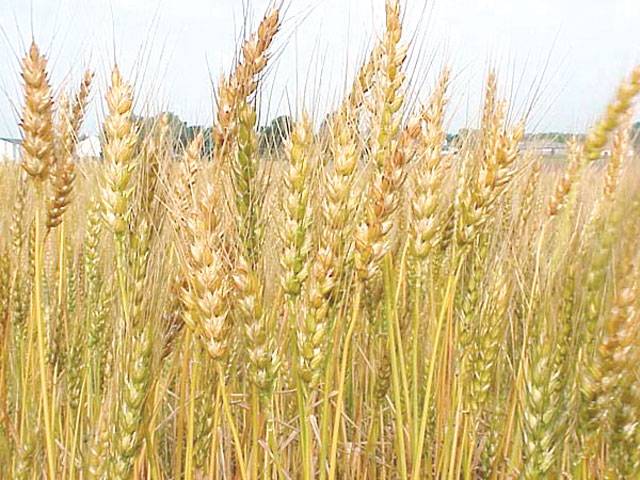ISLAMABAD - Owing to 50 percent less snow fall in the catchments and worsening water availability situation in the country Kharif crops could face severe condition with an estimated 31 percent shortage during the early season.
During Kharif season the dependence will be on monsoon season as the snow fall was 50 percent less and rivers are likely to receive 11 MAF less water, said spokesman for Indus River System Authority (IRSA), Khalid Rana while briefing the newsmen here after the advisory committee meeting.
The authority's committee met here with Sher Zaman Khan in the chair. Provincial Members Irsa, officials of the Wapda, metrological department and respective provincial irrigation departments attended the meeting and anticipated that Indus system will face 35 percent water shortage during the early Kharif season(April 1st-June10) and 20 percent onward June 10th till the end of the season.
For Jhelum and Chenab zone it will be five percent throughout the season, he added. However after Punjab objection to the losses in River Indus it was decided that Irsa will conduct a study in this regard, he said.
It was forecasted that Jhelum flows will be 40 to 50 percent less than normal.
It was decided that the water be distributed under three tier formula, he said and added that Sindh has objected the decision.
Taking serious notice of the water shortage in the country the Irsa recommended to the government for building at least two mega water reservoirs.
Although, nobody mentioned about the controversial Kalabagh Dam, however stressed on construction of more dams and all provinces endorsed this demand.
However Sindh representative in the meeting said that didn't support the construction of two dams.
With the water crisis like situation, the advisory committee feared that early Kharif crops sowing may be negatively affected, especially in Punjab and Sindh.
These two provinces would face this shortage, while Balochistan and Khyber Pakhtunkhwa (KP) would face no shortage as they have been exempted of it.
Besides water shortage, fast increasing sedimentation in the existing two major water dams including Tarbela and Mangla were also discussed.
Wapda official informed the meeting that the sedimentation in these two dams was increasing that would further lead to water shortage.
Due to this issue, Wapda will move a case to Irsa to further raise the minimum operating level of Mangla from 1050 to 1060 feet in next fortnight.
Currently, both Tarbela and Mangla dams are at dead level of 1386 feet and 1050 feet respectively.
Representatives of metrological department informed that weather will be hot than usual but unfortunately it will not increase the water flows as snow fall in catchments was about 50 percent less than last year, and Wapda informed the meeting.
It was informed that the water shortage in late Kharif season would decline to 10 per cent for both Punjab and Sindh provinces.
Kharif season lasts from April 1 to November 30, and rice, sugarcane, cotton and maize are some of the key crops.
It was anticipated during the meeting that river inflows would remain at 95.12 MAF during Kharif season which stood at 107 MAF last year.
Out of it, 22.58 MAF water would be available in early Kharif and 72.54 MAF in late Kharif for crops.It was informed during the meeting that water losses on Indus would stand at 17.36 per cent during Kharif season.
Out of total water available for Kharif crops has been estimated at 62.02 MAF, Punjab share will be 30.24 MAF, Sindh 27.96 MAF, Balochistan 2.99 MAF and KP 0.823 MAF for Kharif crops.
In early Kharif, 13.764 MAF would be available in early Kharif and 48.256 MAF in late Kharif season.
Similarly 6.5 MAF will be released downstream Kotri for environmental purposes, he said.






